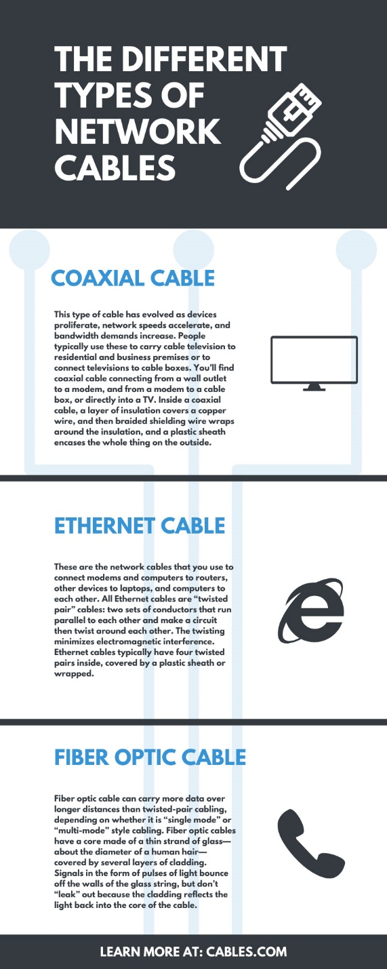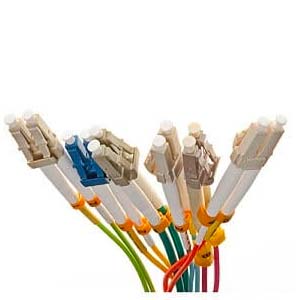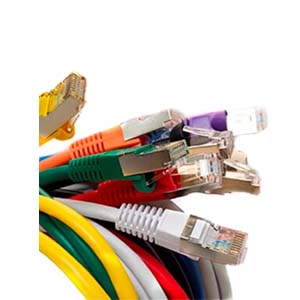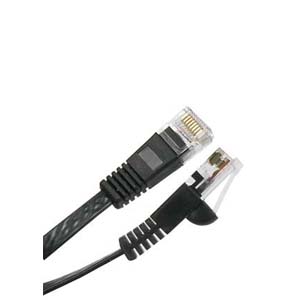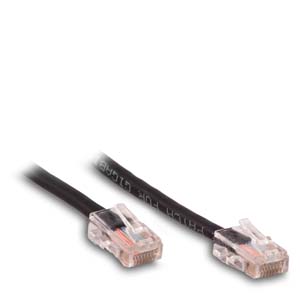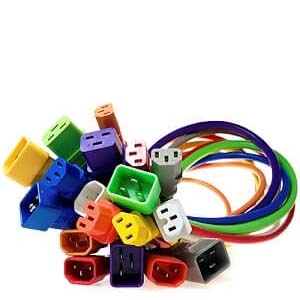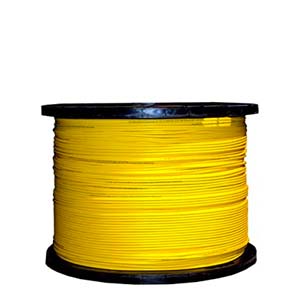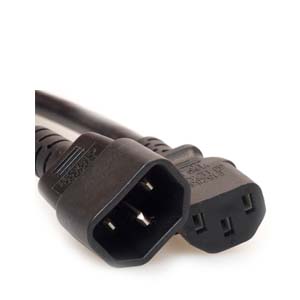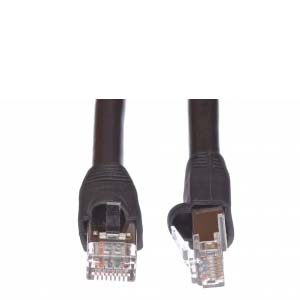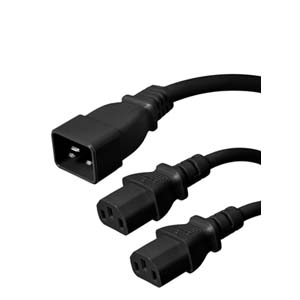Cables Blog
The Different Types of Network Cables
Different types of network cabling form the infrastructure that carries telecom and internet services to customers and connects computers and devices together.
by VIKAS DAYAL • February 04, 2020
Power Cords, Power Cables, Patch Finder, Network Patch Cords, Network Patch Cables, Data Center, Fiber Optic Cables, Cat5e / Cat6 Cables
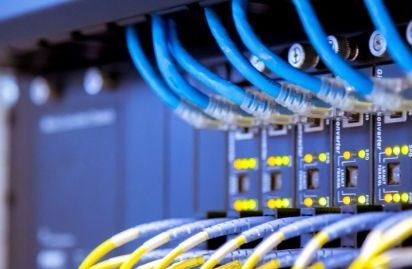
Computer networks can be as complex as those housed in giant data centers or as simple as a network housed in a residential building or office complex. Whatever the size of the network, one thing is certain: the set up will involve cables.
There are many different types of network cables forming the infrastructure of computer networks. Cables of various types do many different jobs—they can:
- Transmit telecom and internet signals from providers to “nodes” in local areas
- Transmit telecom and internet signals from “nodes” to customers or directly to homes and buildings
- Transmit telecom and internet signals between and within buildings
- Transmit telecom and internet signals between devices
Let’s look at the different types of network cables you may encounter or need as you design, plan, set up or expand your network:
Coaxial Cable
Coax has been around seemingly forever—since before computer networking began. This type of cable has evolved as devices proliferate, network speeds accelerate, and bandwidth demands increase. People typically use these to carry cable television to residential and business premises or to connect televisions to cable boxes. You’ll find coaxial cable connecting from a wall outlet to a modem, and from a modem to a cable box, or directly into a TV.
Coaxial cables are quite resistant to interference. Inside a coaxial cable, a layer of insulation covers a copper wire, and then braided shielding wire wraps around the insulation, and a plastic sheath encases the whole thing on the outside. Coaxial cable can carry a lot of signal a long way.
Ethernet Cables
These are the network cables that you use to connect modems and computers to routers, other devices to laptops, and computers to each other. They come with a recognizable connector called an RJ-45 connector, that looks very much like the connectors at the ends of old land-line phone cords. There’s no mistaking how to plug in an R-45 connector, as the slot makes it possible to plug in only one way. Ethernet cables are the backbone many computer networks, as they are relatively easy to work with, lightweight, and come in a variety of lengths that can carry various speeds and capacities for carrying data.
All Ethernet cables are “twisted pair” cables: two sets of conductors (copper wires) that run parallel to each other and make a circuit then twist around each other. The twisting minimizes electromagnetic interference. Ethernet cables typically have four twisted pairs inside, covered by a plastic sheath (unshielded) or wrapped (shielded). This will be either individually or as a group, or both, with a shielding layer of foil or braided wire to enhance resistance to interference and minimize “crosstalk” between the wires. Then a plastic outer layer covers the whole thing.
Ethernet cables continuously evolve, and when the newest version emerges, it usually carries more data all at once (bandwidth) at faster speeds than the previous generation. However, the distance the cable can carry the signal at full strength can vary between the most recent iterations of cabling. As such, be sure to measure the distance between devices you will need to connect to each other.
Specialized “patch cables” connect computers or servers to each other over short distances, as in a stack, rack or cabinet in a telecom room or data center. Then other, longer cabling can run along the full length of the aisle in a data center.
If your network runs between and among several buildings, special Ethernet cables exist for the job of running cable between buildings. Professionals can bury this outdoor cable as it is resistant to interference and even damage from animals.
Fiber Optic Cable
The new gold standard, fiber optic cable is fast and immune to electromagnetic interference, because it consists of glass fibers. It’s light but also fragile. Fiber optic cable can carry more data over longer distances than twisted-pair cabling, depending on whether it is “single mode” or “multi-mode” style cabling. Multi-mode fiberoptic cable can carry much more data, but for shorter distances, than single mode fiberoptic cable.
Fiber optic cables have a core made of a thin strand of glass—about the diameter of a human hair—covered by several layers of cladding. Signals in the form of pulses of light bounce off the walls of the glass string, but don’t “leak” out because the cladding reflects the light back into the core of the cable. Plus, a buffering layer around the reflector contains “leaks” of light. Then, the outside layer or jacket protects the whole cable from damage.
How Signals Come to You
Before you can connect your modem, router, computers or servers and video players to each other, you must connect your home or building to your telecom and internet service providers. These days, those services very likely come from the same entity. The provider runs the signal over existing telephone wires to “nodes” in the area that receive the signal and pass it on to individual residences or business premises. They do this using fiberoptic or coaxial cabling. If available in your area, the provider may send the signal directly to the premises over fiberoptic cables (“fiber to the premises” or “fiber to the home” service).
If you are in an area serviced by fiber to the premises, your provider will install an optical network terminal (OTP) that receives and transmits the signal inside the building. Then, fiberoptic compatible devices connected to the OTP bring the signal via Ethernet cables capable of handling the speed to your router and computers, if yours is a wired network. If you are wireless inside, then your fiberoptic compatible router will send the signal out as far as its range allows.
In addition to the cables themselves, your network may require connectors, grounding equipment or special switches, audio-visual cabling, racking, and cable management equipment. This will keep cables organized as they run along an aisle of racks or within a telecom room and other accessories.
You can order the different types of network cables and related accessories you are likely to need right here at Cables.com. We’ll work with you to identify your needs and find the most cost-effective solution that will keep your network connected.
